The PGL Major was by far the most unpredictable tournament of 2017. In the swiss system alone, two of the top four teams the world, FaZe and G2, were eliminated, while two heavy non-favorites, BIG and Gambit, made it into the playoffs unscathed.
Fueled by these upsets in first few days of the major, there was a lot of hoopla about the “jump crouch” or the “german jump” bug and overall viability of the Swiss system. But the frequency of bizarre veto phases was perhaps an equally profound source of surprise. This article will address and explore five of the most egregious head scratchers in the preliminary swiss stage of the PGL Major.
1) G2 versus Na’Vi, Round 1
1) G2 vetoes Mirage
2) G2 vetoes Train
3) Natus Vincere vetoes Cache
4) Natus Vincere vetoes Inferno
5) Natus Vincere vetoes Cobblestone
6) G2 doesn’t pick Overpass
7) Nuke is played
Going into the major there was some pretty active speculation about a change to the best-of-one veto process. In almost all non-major events, the standard process is a simple alternation of one veto per team until each team bans three maps each leaving the seventh map remainder to be played. However, a few days prior to the start of this event, PGL or Valve made a decision to remove the major-specific alternative system that used a randomizer after 5 bans, but they implemented yet another alternative system. Now, the higher seed or “Team A” bans two maps, then Team B bans three maps, leaving Team A to pick one of two remaining maps. In effect, both sides still have three vetoes, but now each team bans in blocks, apparently giving both sides a greater opportunity to blindside their opponent with unexpected vetoes.
I’d argue that the many of the unexpected map destinations seen in this Swiss had little to do with format change with one significant exception: this round one matchup between G2 and Na’Vi. According to a post-game interview with KennyS, G2 expected the final two maps to be Cobblestone and Inferno, but Na’Vi actually left them to chose between either Nuke or Overpass as Na’Vi defeated G2 on both maps in their ESL One Cologne quarterfinal series. When left with these two options, the final pick seemed obvious. It had to be Nuke. It was G2’s own first pick in the Cologne best-of-three quarterfinal series, and outside of that surprise loss to Na’Vi, G2 had won all five games they played previously on Nuke with this lineup. Also, their record especially shines when compared with Na’Vi’s far spottier history on the map. Since this Na’Vi roster’s formation 11 months ago, they have played Nuke 10 times, and only found three wins.
Yet G2 picked Overpass, which is a Na’Vi favorite but only a middling map for G2. It’s a highly questionable pick on its own, but the reasoning behind the decision is almost unacceptable. G2 picked Overpass because of a coin toss. Caught off guard by Na’Vi’s vetoes, G2 didn’t know how to proceed and decided to end the impasse via their own makeshift randomizer.
In the end, G2 won the very ugly game that followed, despite winning just three rounds on their opening T-side. While you can’t say the win hurt G2, their approach in this veto phase clearly doesn’t suggest robust preparation and planning for this event.
2) Astralis versus Immortals, Round 1
1) Immortals vetoes Nuke
2) Immortals vetoes Mirage
3) Astralis vetoes Cobblestone
4) Astralis vetoes Cache
5) Astralis vetoes Inferno
6) Immortals doesn’t pick Train
7) Overpass is played
Whenever there is a discussion about the best teams in the world or the best teams of all time in Counter-Strike: Global Offensive, the conversation usually revolves around the number of championships won or the strength of certain superstars. But I think you have to mention maps in those discussions as well. To win championships, to have your superstars shine, teams have to have a map pool that syncs up enough with their style or personnel to consistently compete in series play.
When Astralis was the best team in the world at the end of last year and the beginning of this year, they could play and win on any map other than Cobblestone. But more importantly they constantly dominate on two of the most important maps in the pool: Train and Overpass. Now, since their win at IEM Katowice, Astralis’ proficiency on Train and elsewhere has somewhat fallen off, but they have retained their stranglehold on Overpass. Since this specific iteration of Astralis formed in October of last year, they have accumulated a 15-3 record on Overpass which will likely be remembered as one of the better single map runs in the history of the game. Only G2’s dominance over Cobblestone currently compares to Astralis’s hold on Overpass.
So it was surprising, to say the least, that Immortals decided play Overpass versus Astralis instead of Train. While Overpass did seem like the better map than Train for Immortals in isolation going into the match, it was probably unwise for a tier-two team who are playing in the major for the first time to challenge one of the best teams in the world on their best map. Immortals certainly performed better than expected once the game started, even pushing Astralis all the way into overtime. But they still lost the map against the former world leader.
3) G2 versus Cloud9, Round 3
1) Cloud9 vetoes Nuke
2) Cloud9 vetoes Overpass
3) G2 vetoes Mirage
4) G2 vetoes Train
5) G2 vetoes Cache
6) Cloud9 doesn’t pick Inferno
7) Cobblestone is played
With a top-four finish at the ECS Season 3 Finals and a silver medal run at ESL One Cologne, Cloud9 fans hoped that their team could replicate their successful three-tournament run of 2015 with one more successful run in Krakow in a half-joking application of apophenia. But this 2017 summer recent run was fueled by C9’s strength on two maps: Train and Mirage. They won a best-of-one on each to immediately make top-4 at ECS, and they found three more wins on the two maps in Cologne. They also enjoyed more mixed success with the middle maps of their pool in Inferno, Cobblestone, and Cache, while they mostly avoided Overpass and permabanned Nuke.
In this best-of-one versus G2 in the third round of the swiss, Cloud9 banned Overpass and Nuke initially, so their opponent quite reasonably banned Mirage, Train, and Cache, leaving Inferno and Cobblestone open. In the three months prior to this match, Cloud9 hadn’t looked particularly good on Cobblestone. They lost to G2, EnVyUs, and SK twice on it while only finding wins over more modest opponents in BIG, TyLoo, and NiP. Conversely, over the same period, G2 have gone on Astralis-on-Overpass-level tear on Cobblestone winning 10 or 11 games with their solitary loss coming from the map’s former world-leader, Gambit.
On Inferno, Cloud9 has a similarly modest track record with five wins and four losses over the past three months, but they had two fantastic reasons to pick inferno instead of Cobblestone. First, G2 was far more defeatable on Inferno in comparison to Cobblestone as G2 only had a 6-4 record on Inferno themselves. But second, and more importantly, Cloud9 actually gave G2 two of those losses. Cloud9 had routed G2 on Inferno both times they previously battled there at DreamHack Summer and the ESL Pro League Season 5 finals.
However, just like the Immortals versus Astralis match and the Na’Vi versus G2 match, Cloud9 didn’t pick the better apparent choice when left with the final two maps. They picked Cobblestone. It is highly possible that Cloud9’s loss to BIG on Inferno in the previous round of the Swiss influenced them to pick Cobblestone here, but that bias towards recency cost them here. Cloud9 lost the Cobblestone game in overtime, which in part led to Cloud9’s pre-playoff elimination.
4) SK versus BIG, Round 3
1) BIG vetoes Mirage
2) BIG vetoes Overpass
3) SK vetoes Nuke
4) SK vetoes Cache
5) SK vetoes Train
6) BIG doesn’t pick Cobblestone
7) Inferno is played
Over the course of the entire major, there were many, many surprising developments, which resulted in the unimaginable Gambit versus Immortals finals. However, in the tournament’s quarterfinals two surprises stand out above all the rest 1) SK’s early elimination at the hands of Astralis and 2) the fact that BIG even made the quarterfinals.
While casual observers have causally connected BIG’s 3-0 march through the Swiss to the German team’s use of the “crouch jump” or “german jump” bug, that simple explanation cuts their accomplishments too short. BIG defeated two of the three best teams in the world—FaZe and SK—in the Swiss along with a previously surging Cloud9 to make the playoffs. And they defeated their toughest opponent, SK, in the third round after all teams had agreed to stop using the bug. BIG’s success instead seemed to have a far more to do with their preparation and strength on one map, Inferno, where they found all three of their wins in the Swiss.
So SK’s choice to leave Inferno open was odd. Surely, banning Inferno rather than Cache was the safer route. Despite their hesitance to play it at times, SK are a world-leading team on Cache. Going into this best-of-one, SK had accumulated a very good 12-3 record on Cache in 2017 on LAN, while SK were only 7-5 on Inferno going into this tournament. Unfortunately, like Cloud9, it seems like SK’s most recent results were given undue weight. SK had also played and won on Inferno in the first two rounds of the Swiss, just like BIG
But unlike SK, BIG had not proven themselves on Cache or any other map versus the game’s toughest competitors in past events. Still, SK vetoed Cache rather than Inferno, which led BIG to make the obvious pick, win 16-14, and enter into the quarterfinals. While SK still made it through the Swiss in the next round, you could argue that SK not utilizing the full depth of their map pool here indirectly contributed to their earlier than expected exit from the tournament. SK’s 3-1 record and some bad luck forced them to meet the only other top-four team that survived the Swiss in the first round in the playoffs.
5) North versus Cloud9, Round 1
1) North vetoes Train
2) North vetoes Inferno
3) Cloud9 vetoes Nuke
4) Cloud9 vetoes Overpass
5) Cloud9 vetoes Cobblestone
6) North doesn’t pick Cache
7) Mirage is played
The North versus Cloud9 match might have been to the toughest contest to call in the first round of the Swiss. On one hand, Cloud9 had a shown a sudden surge in performance across their last two LANs, while North has been consistently good, but never a great team throughout 2017. North has made the playoffs of premier-level LANs five times in seven tries in 2017, unlike Cloud9 who failed to make it out of a group stage at premier-LAN until late June. However, C9’s second-place performance at ESL One Cologne exceeded any effort made by North this year, and North themselves failed to even make out of groups at that LAN. So who would prevail at the start of this Major, Cloud9’s with their bolstered form or North with their more consistent efforts?
Well, from the very beginning of the veto process, North started off on the wrong foot. In the opening pair of bans, North choose to remove Train, their permaban, and Inferno. The Inferno ban was curious. It’s not a map North are opposed to. They have played the map nine times on LAN this year with five wins and four losses, and seemed more confident on it recently. In the Swiss system opener of ESL One Cologne, North actually played Inferno three times defeating TyLoo and Heroic, but losing to FaZe. Additionally, Inferno is not at all a must-ban versus Cloud9. C9 also have played Inferno 9 times in 2017 and racked up the exact same 5-4 record prior to the start of this tournament.
So it’s curious if not an outright mistake that North decided to ban Inferno here rather than Cache or Mirage. Cache is a map that North generally avoid and don’t do well on with just two wins games across eight tries in 2017, and Mirage isn’t a popular pick for North, only playing four times previously with this lineup. However, Mirage is a particularly dangerous pick as it clearly one of Cloud9’s two dangerous maps as covered in a previous section. As such, it was perhaps no surprise that Cloud9 banned out Nuke, Overpass, and Cobblestone, to force North onto either Cache or Mirage.
Now, if you look at the rest of the swiss, North did win two games elsewhere on Mirage in rounds two and four which could suggest that North prepared to play Mirage this tournament even against very strong Mirage teams such as Cloud9. It’s also possible that North were hoping that Cloud9 would ban Cache themselves as the North Americans lost their own last four efforts on that map, which could instead leave the North-friendly Cobblestone open. Either way, the strategy didn’t work. Following Cloud9’s bans, North picked Mirage, which they lost 16-12.


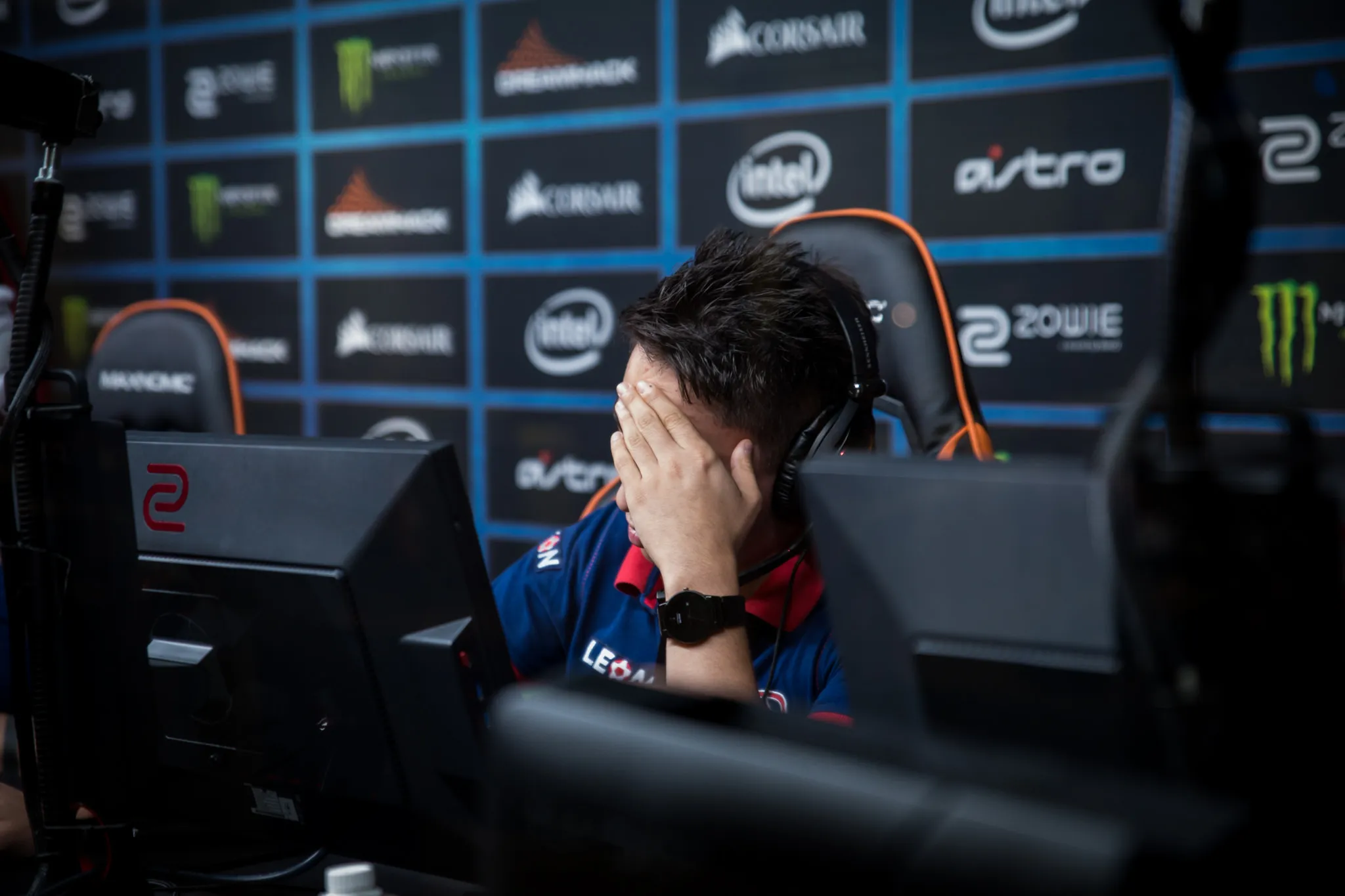
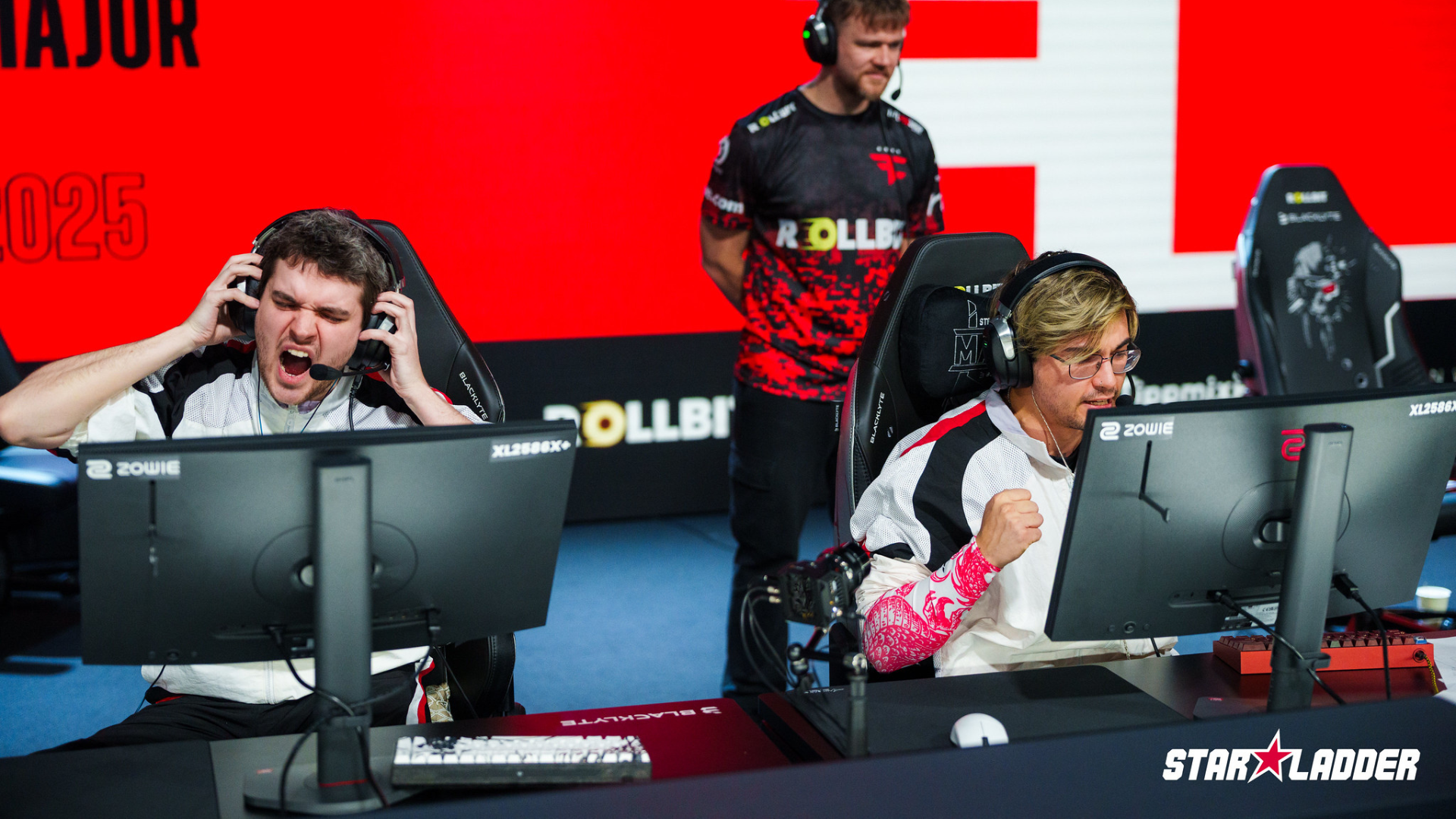

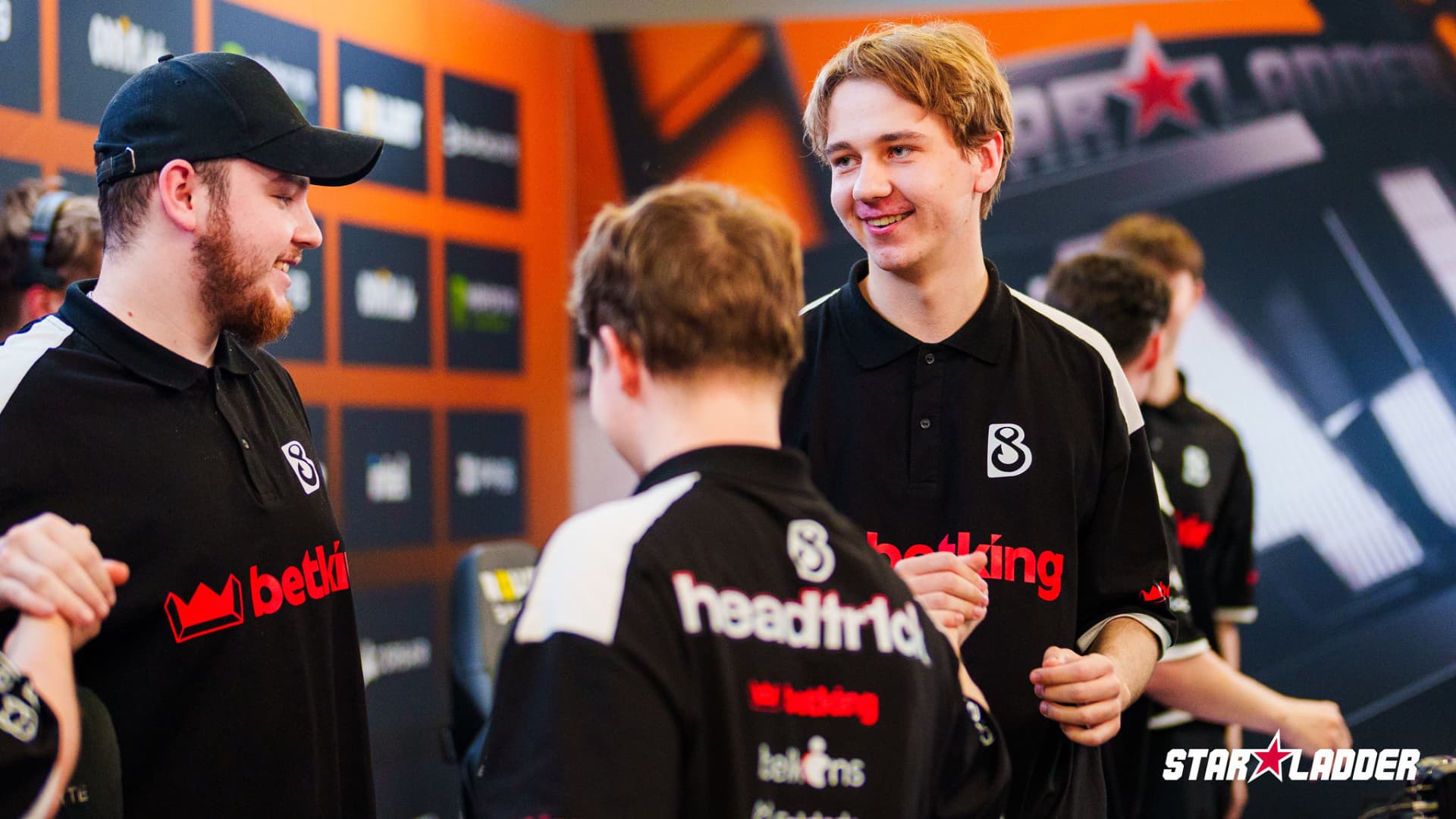
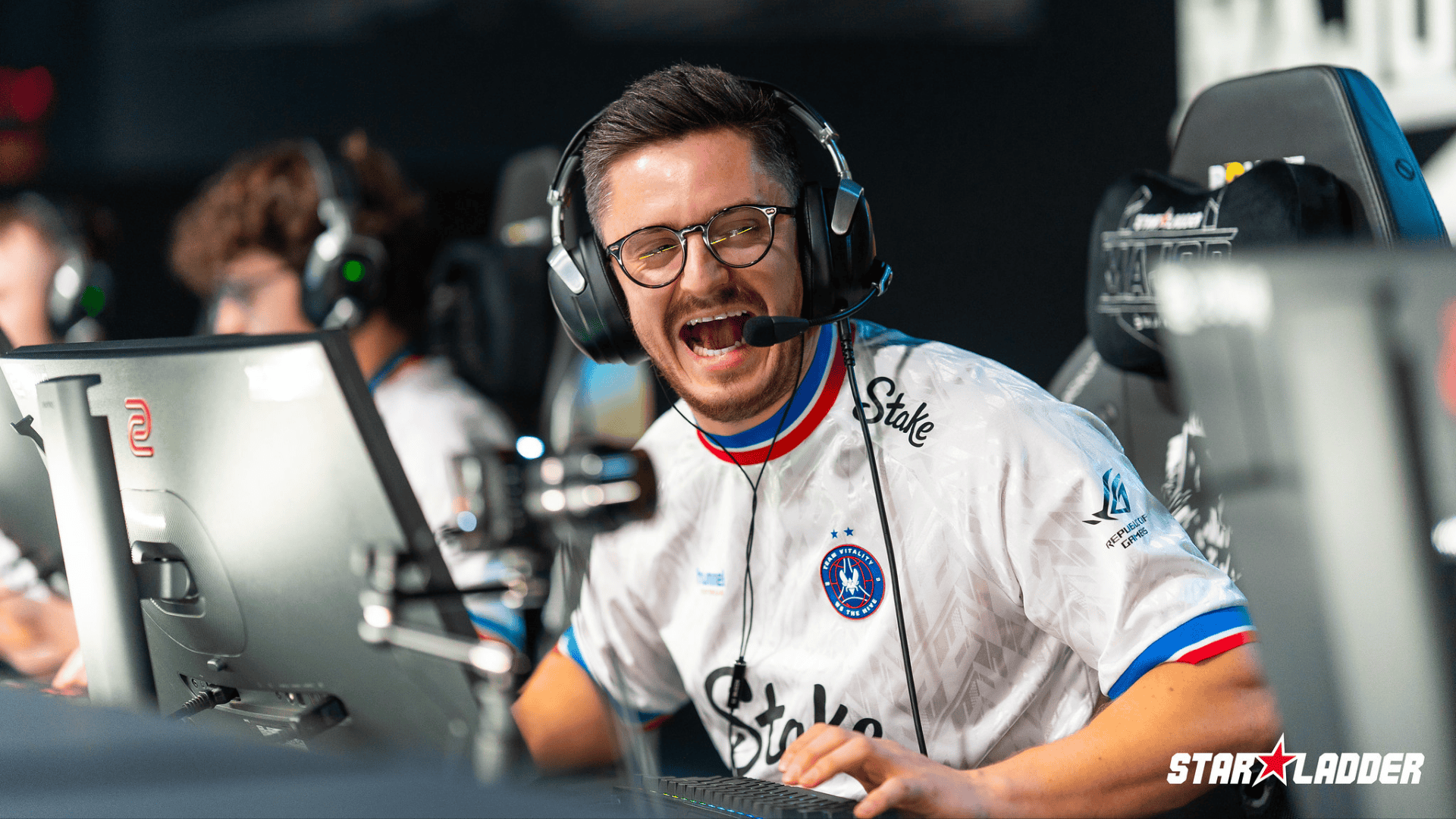
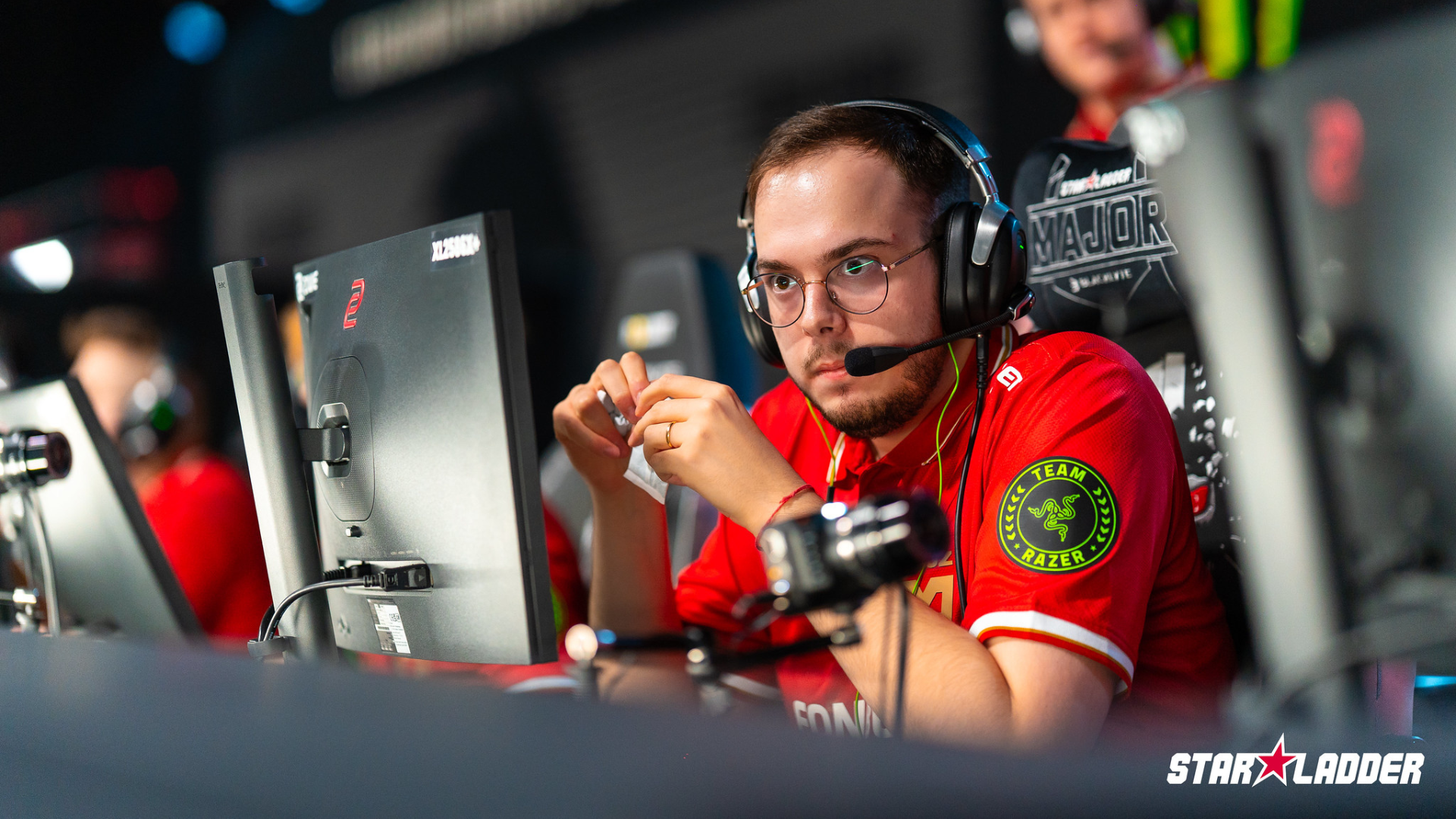

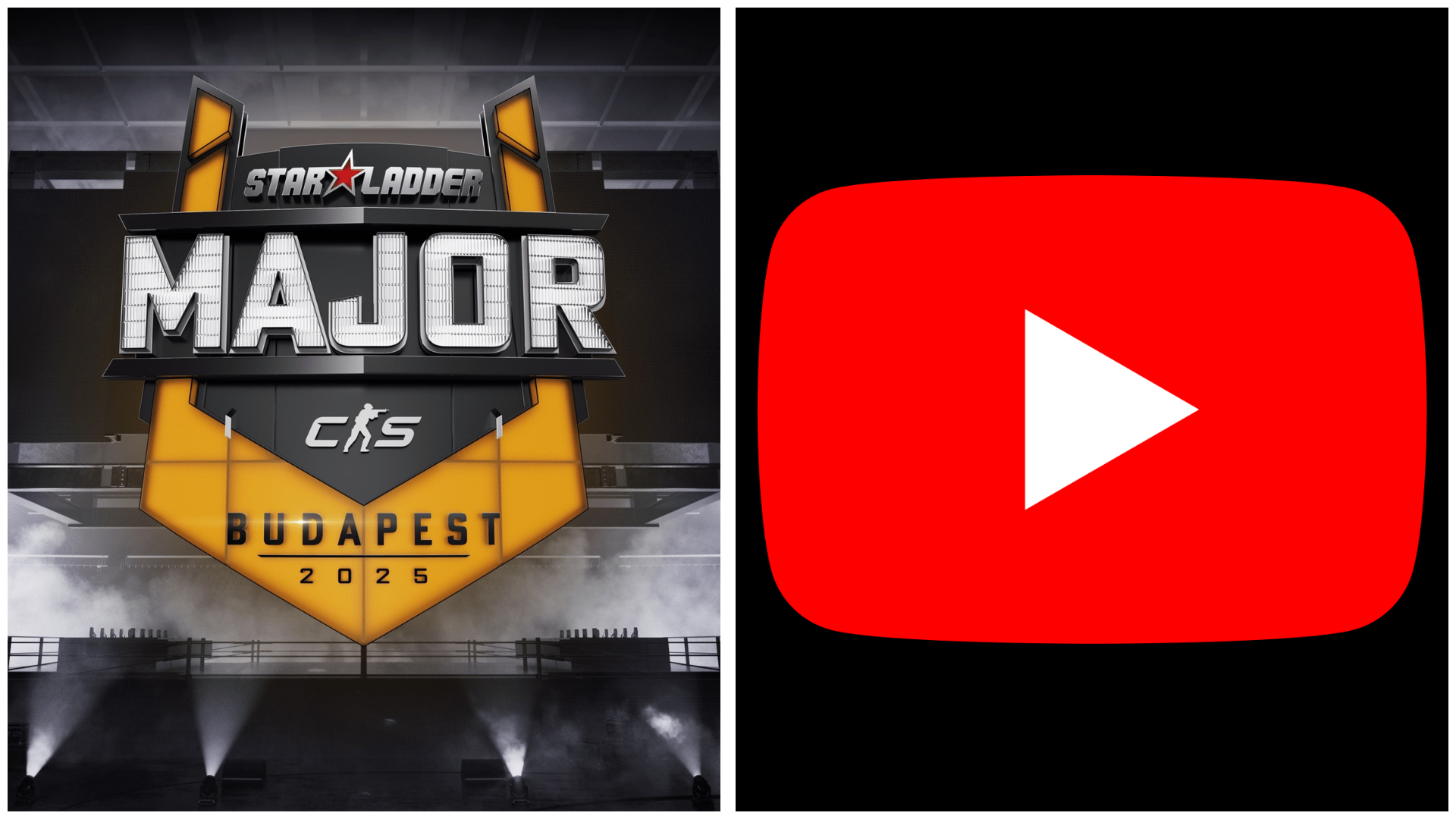
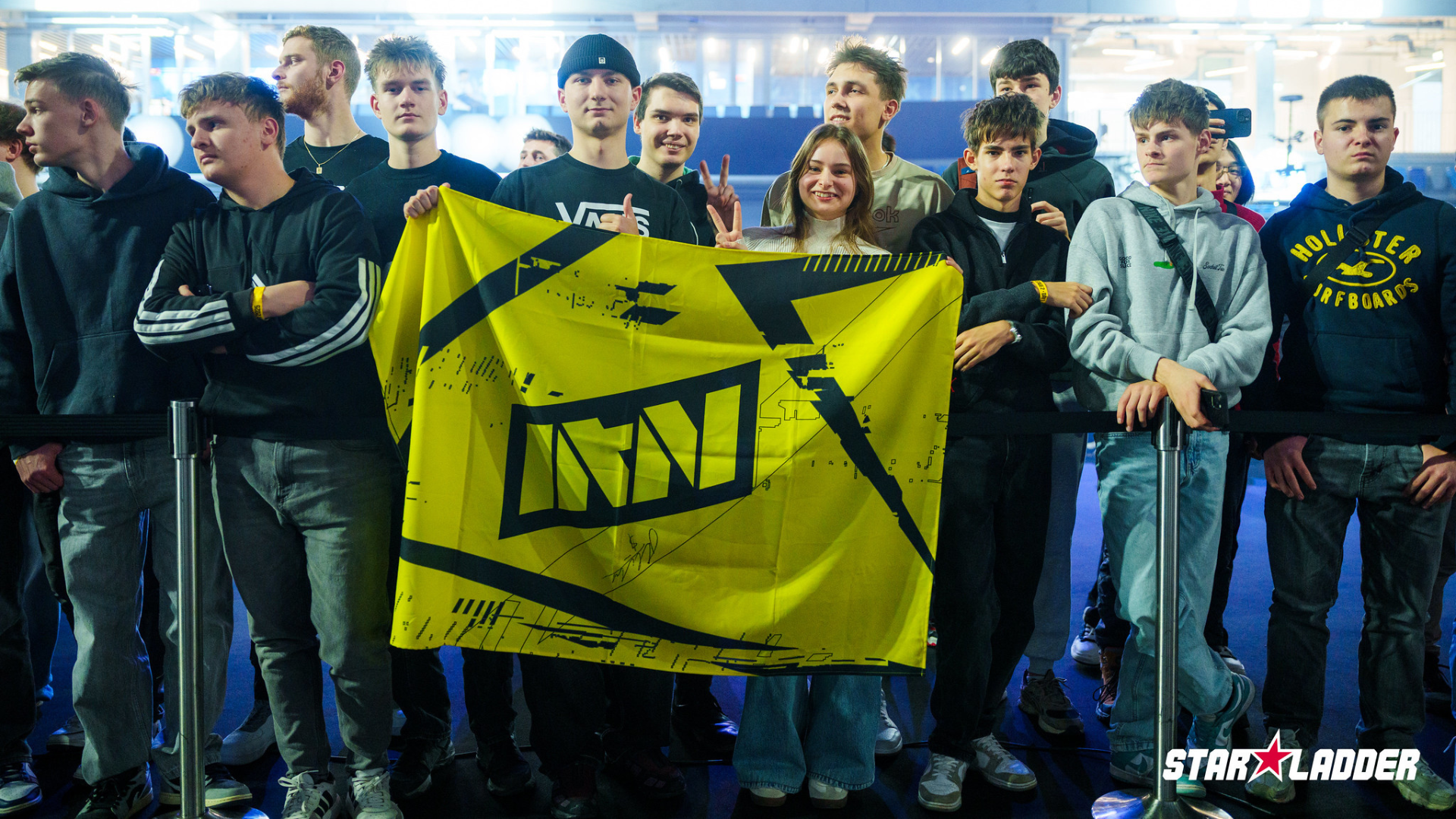

Published: Jul 24, 2017 11:48 am